If you're new to the world of yoga, this beginner’s guide to yoga is just right for you! Getting comfortable with showing up to your very first class or stepping on your yoga mat for the first time can seem daunting. There are so many yoga classes out there, every yoga teacher seems to have a different style, and the range of gear available may seem overwhelming. Also, if you’re like most people, you have no clue if you are fit enough/flexible enough/open-minded enough/spiritually connected enough to even begin doing yoga. And also - do you need those fancy yoga clothes you’ve been seeing online or will some sweatpants and T-shirt do?
We're here to tell you that in reality, yoga is anything but something that should overwhelm you – to the contrary! For a beginner, there is an abundance of yoga videos to learn from, and lots of options to choose from when it comes to the style of practice you most align with. The benefits of yoga for your body, mind and soul are endless, and one of the best things about it is that it is accessible to all, regardless of age, size, ability or available equipment! And no, you don’t need fancy clothes or the latest trend in terms of gear!
Yoga for beginners involves learning some simple poses and techniques that have to do mostly with the breath and posture. To learn more about these poses as well as to get tips on how you can ease into practising yoga as a beginner, keep reading!

What is yoga?
Yoga is a collection of exercises and breathing techniques rooted in an ancient spiritual practice that originated in South Asia. Yoga practice focuses on drawing together the mind, body, and spirit in order to reach inner peace and enlightenment.
There are many different yoga styles, and new yoga classes are being developed all the time. However, each practice follows the pattern of integrating breathing techniques, bodily gestures, and cleansing of the mind. In this sense, it’s more than a simple workout or a meditation session – it’s a holistic approach to your being, and therefore you will see the advantages of taking up a regular practice at all levels, not just in your body and not just in your general mood or state of mind.
Yoga is a form of exercise that is now practised all over the world due to its accessibility and incredible physical and mental health benefits. All you need to get started is a positive mindset and a yoga mat!

Do you need equipment for a beginner yoga sequence?
Technically speaking you can do yoga without any equipment, including a beginner yoga sequence. However, it is recommended that you invest in a good-quality mat to help you ease into yoga class practice. You can also practise without one, but you’ll likely struggle with slipping and holding postures if you use a rug, a towel or practise directly on the floor.
Yoga mats are therefore a must-have as they provide balance and grounding, which comes in useful at all stages of your yoga journey, but especially when trying to learn the basics. It is important that your chosen mat is not too thick or too thin either, as this can hinder your practice. If it’s too thick, you’re likely to struggle with balance, especially in standing poses. If it’s too thin, you may get sore wrists and ankles, as it’s likely not to provide the right amount of padding between the floor and your body. If you’d like to find out more about choosing the right thickness for your practice, you can find more details here.
What's more, using a beautiful mat throughout your yoga routine will make you feel more motivated and likely to act with intention, which is one of the key goals of yoga. There is a certain ritualistic feeling to unrolling your mat and getting settled in for a practice, and that feeling is boosted tenfold if your mat’s design helps you find comfort and inspires you to turn your focus inwards.
There are a couple of considerations you have to make when choosing your yoga mat, and as long as you go for one that suits your style and is supportive, your yoga abilities should benefit massively.

Where do you find the best yoga for beginners online?
The best yoga for beginners online depends on what it is that you want to get out of your practice. If you are looking to improve your basics and learn new poses, then the videos that Yoga With Adriene and Tara Stiles upload on YouTube are perfect.
For yoga sessions that are focused more on meditation and spirituality, look for Boho Beautiful Yoga video classes, which not only teach basics but encourage a healthy mindset and lifestyle.
Thanks to the popularity of yoga, there are videos dedicated to breath-work, specific poses, and so much more. Also, what’s amazing is that these resources are free; as such, a practice that is good for beginners is available to you online at all times and is just a click away!
More free yoga resources are also available on Instagram. Our profile @diyogi.mats has a library of free 20-minute yoga videos that are suitable for beginners and ran by certified yoga teachers. Also, when you subscribe to our newsletter on this website, you automatically receive access to four 20-minute gentle yoga classes that are tailored to suit Yogis of all levels.

Can you do yoga moves for beginners at home?
Practising some yoga moves for beginners at home is just as effective as going to a yoga studio. It is not so much about where you are when you start your practice, but instead it’s way more about your intentions, aka what you seek to obtain from your session, as well as energy and focus you put into holding poses and flowing in between them.
In fact, for many, yoga at home is preferable to going to a studio because it can be done at a personal pace in the comfort of a living room. If starting your first sessions in a familiar space sounds better to you, it may be a good idea to begin yoga by following along from online yoga videos, and then moving your practice to yoga studios once you feel comfortable. However, if you are prone to injury or if you feel like you’d need more guidance and help with learning the postures right the first time around, we’d recommend starting your first sessions with a teacher. There are yoga teachers that do online video classes too (so you will never need to leave your home to attend!); also if you’d like to have a teacher with you in person you can always go for private 1-to-1 sessions, which can also happen in your home (though please note they’re likely to be pricier).
For beginners looking to get an introduction to yoga, there are hundreds of free yoga classes and online yoga videos. We recommend using sites such as YouTube, where some of the most talented yoga practitioners in the world post videos and share their expertise and skills.
With online yoga, you are able to tailor the class you take to your specific needs. For example, someone looking to get to grips with the basics can find a video all about breathing, meditation, and beginner poses. Also, as mentioned previously, many yoga teachers teach online – Instagram is a particularly useful tool for finding certified teachers for online home sessions.

The advantages of yoga
There are so many advantages of doing yoga that it would be impossible to list all of them in one place! But we did make an easy to follow & comprehensive list of the most notable benefits to taking up a regular practice that will get you unrolling your yoga mat in no time. The positive impact that yoga can have on your physical and mental health is immeasurable and your body and mind will get stronger with each yoga class!
Yoga poses are commonly practised by those with conditions that cause joint issues because it increases flexibility and therefore can reduce back pain, shoulder pain, and pain in other problem areas.
If you are suffering from an ailment such as carpal tunnel syndrome or high blood pressure, incorporating yoga classes into your recovery plan can decrease the chances of the same ailment occurring again.
Many people who practise yoga have reported feeling less stress, making it an ideal form of treatment for those who suffer from mental wellness issues like depression or anxiety.

Easy yoga for beginners: the best poses
If you're new to yoga practice and want to learn some poses before joining a yoga class, then check out our top easy yoga for beginners picks.
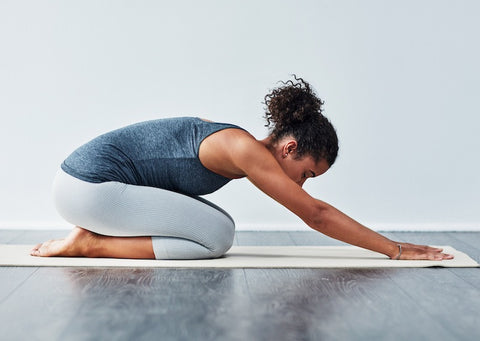
Child's pose is a peaceful position and great for pausing after an intense meditation or challenging move. Despite the stillness that comes alongside this pose, it still stretches your back and lower body, as well as relaxing your neck, shoulders, and spine.

Cobra pose
Another gentle position, cobra pose is great for strengthening back muscles and increasing flexibility. It can be tougher for those with joint pain but is still a great beginner pose.
Some women find cobra pose especially beneficial as it works to tone uterine muscles when held for 15-30 seconds.

Tree pose
If you're looking to improve core strength and balance but don't want to overexert yourself, try taking a class on the tree pose.
You will feel your lower body and spine really strengthening when using this pose in your yoga practice, and if you find it too tricky to start with it can be modified easily by using a thick yoga mat or wall for support.

Mountain pose
Mountain pose is a standing pose that often acts as the base-point from which flow sequences begin. It is important for all aspiring yogis to get it perfect before trying to learn more complex yoga poses.
This pose is perfect for improving posture and encouraging awareness of the body. Many find it both relaxing and invigorating, as it requires activeness of the mind in order to keep the body aligned.
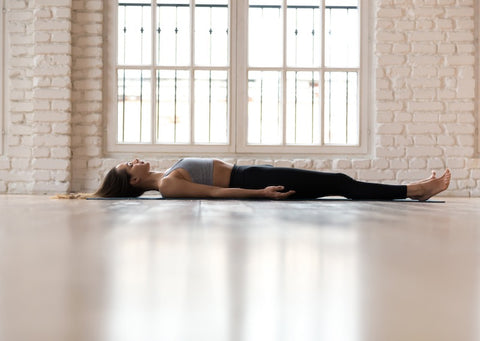
Corpse pose (you read it right!)
Typically a position that takes place at the end of practice, corpse pose involves lying down and taking time for yourself to relax and drift into a meditative state.
Whilst this may sound simple, it can be challenging for beginners as our minds must be trained not to wander. The more you practice this pose, the easier meditation will be to achieve.

What is the best yoga style for beginners?
The most common style of yoga for beginners is Hatha Yoga, which is slower-paced and focused on starter poses. Some beginners favour more energetic flow classes, in which a yoga instructor teaches students how to perform a flow sequence. Those are often more dynamic and creative, and as such they may be preferable when you are starting out.
However, there is no rulebook when it comes to which styles of yoga are appropriate for whom: if you want to start by learning the basics in Ashtanga classes, then go for it! As long as you practice with intention, there is no limit to what can be achieved!
Something that we do recommend is finding out more about the level of intensity of each class and attending classes that are suitable for your level of fitness and for where you are in your yoga journey. Even if you are fit from regularly practising other forms of workout, we advise against attending classes that are meant for intermediate or advanced Yogis when you are at the beginning of your yoga journey. This is because it takes time to lay the foundations of a sustained practice and aside from physical attributes such as balance and flexibility, more advanced classes also require an understanding of breathwork and a certain way of holding each pose. You’ll soon learn that yoga is not about being as flexible as you can and about pushing the limits of your body – it’s more to do with mindfully easing into each pose and having your body and mind work in tandem.



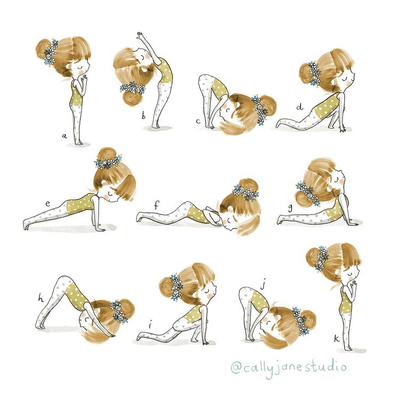
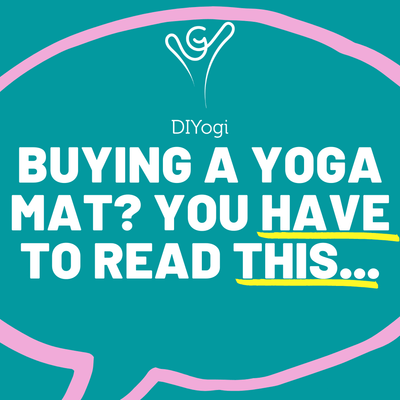
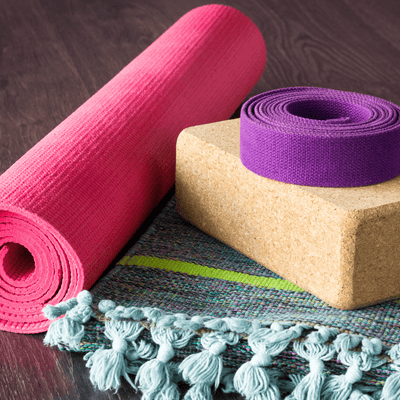
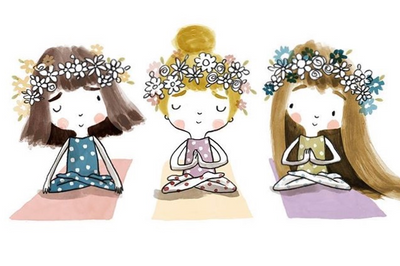
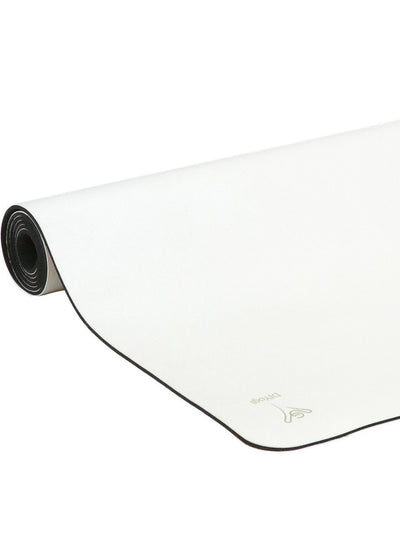
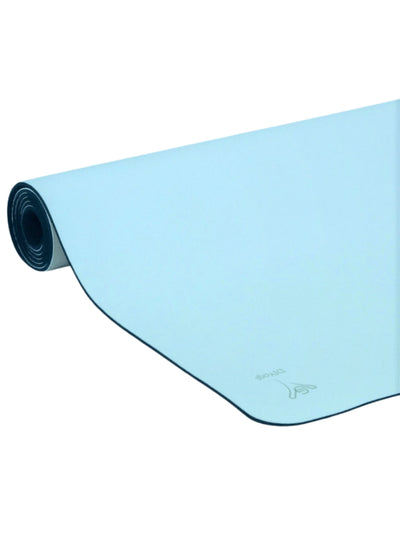
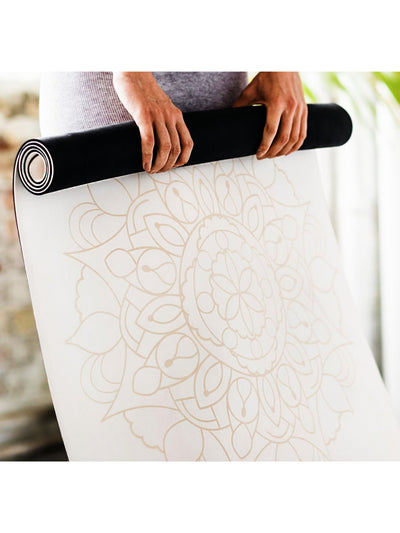
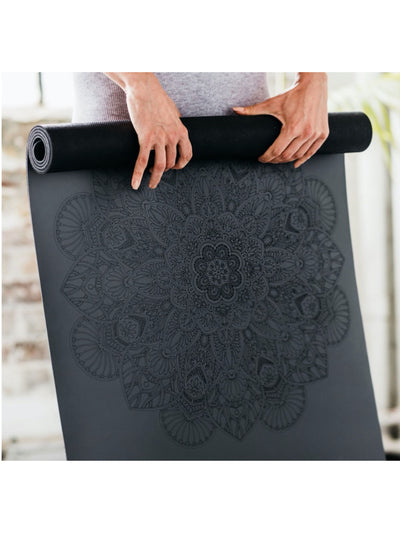
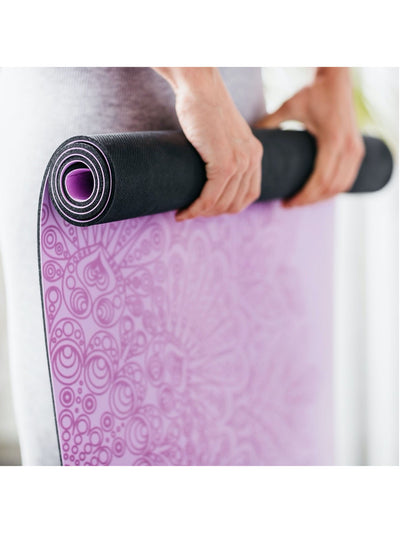
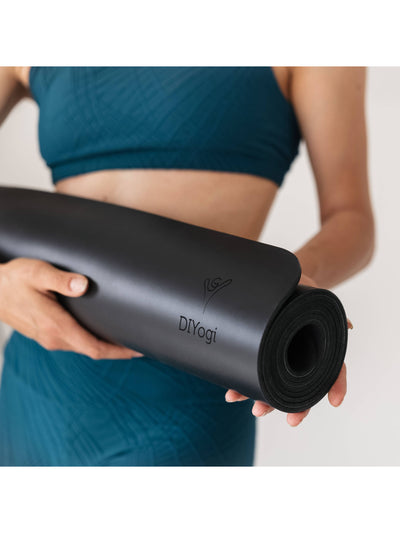
Leave a comment